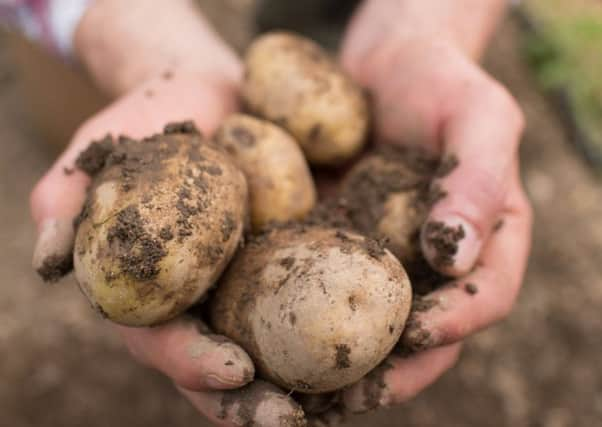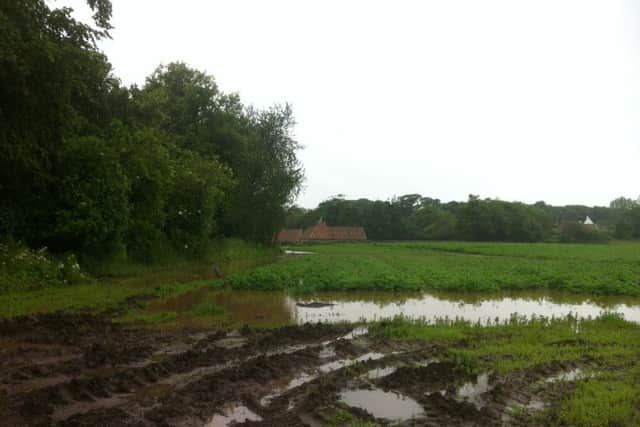Wet summer puts dampers on Scottish potato crop


Potato growers suffered a disastrous financial year in 2014 after a massive surplus of the crop caused prices to plummet.
To minimise the risk of being hit again by the same problems many farmers slashed the acreage they planted this year.
Advertisement
Hide AdAdvertisement
Hide AdBut that move has exaggerated the impact of wet conditions, which caused a drop in yield of around 15 per cent. Experts fear this could spark a shortage on supermarket shelves.


Potato researcher Andy Evans, of Scotland’s Rural College, said difficulties in judging the market and uncertainty over growing conditions often lead to a “boom and bust” situation.
“The more successful the season is, the lower the price farmers get for their crops – it’s a case of supply and demand,” he said. “Last year there was a glut so the prices paid were very low.
“The flip side is that growers cut back on planting this year. But yields are going to be average because of the poor weather, particularly the very wet July, and the growing season is two or three weeks behind.”
A shortage might be good for growers by keeping prices high, but it would be bad for consumers. Rainfall levels over the next few weeks will prove critical for crops that have not yet reached maturity.
“People will have to pay more for their tatties or their poke of chips and supplies could be hit if there is more very wet weather,” he said. “From September onwards will be crucial. Some crops will still be in the ground until November because of late planting and slower maturing, so they could be badly affected by poor weather conditions.”
Some of the varieties expected to be worst hit include the popular Maris Piper, a good all-rounder and chip-shop favourite, and red Roosters.
Advertisement
Hide AdAdvertisement
Hide AdIan Toth, head of weeds, pests and diseases at Scotland’s James Hutton Institute for agriculture and soil research, said the soggy conditions were also driving a rise in many diseases affecting potato crops, which could further impact on harvests and push prices up.
Growers are already being cautioned against upscaling in 2016. “The kneejerk reaction will be to overplant next year, so you get a boom and bust scenario,” Mr Evans said.
“This is no good for the industry as you cannot predict what conditions will be like 12 months from now. In an ideal world you would have two or three seasons where supply equals demand, because when people overplant it causes huge fluctuations in the market.”
The news came as leading scientists, farmers and industry bodies gathered at a farm near Dundee for the biggest event in Scotland’s potato calendar – Potatoes in Practice, organised by the James Hutton Institute.
More than 28,500 hectares of potatoes were planted on 2,700 farms in Scotland last year. The estimated value of the Scottish potato crop was £287 million in 2013.